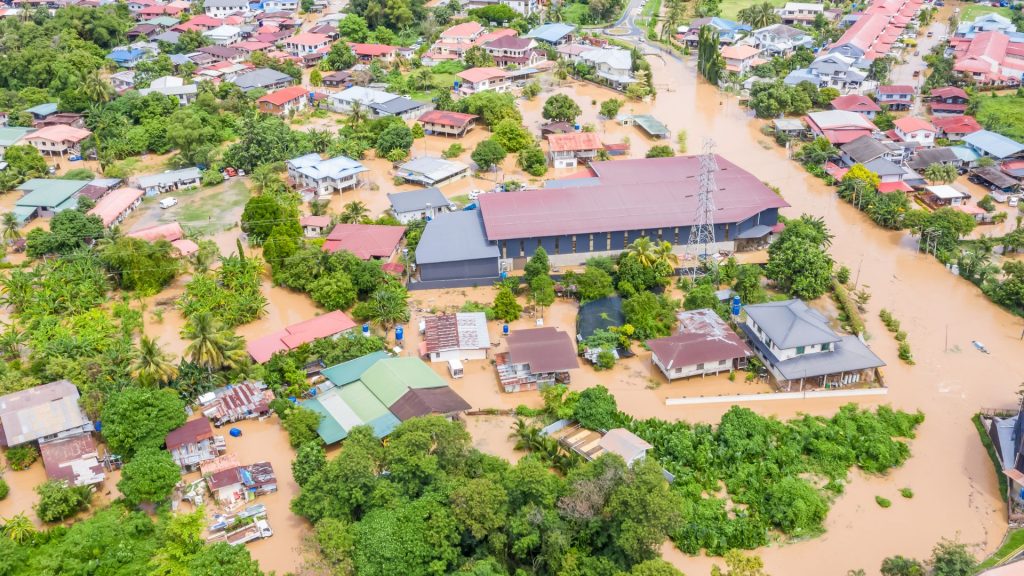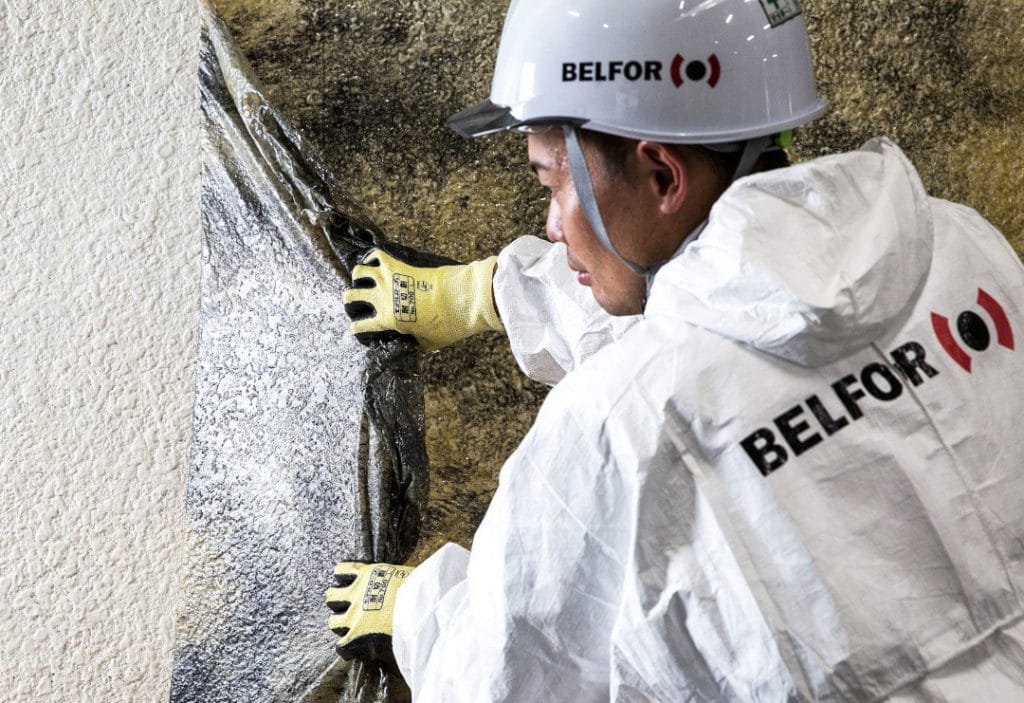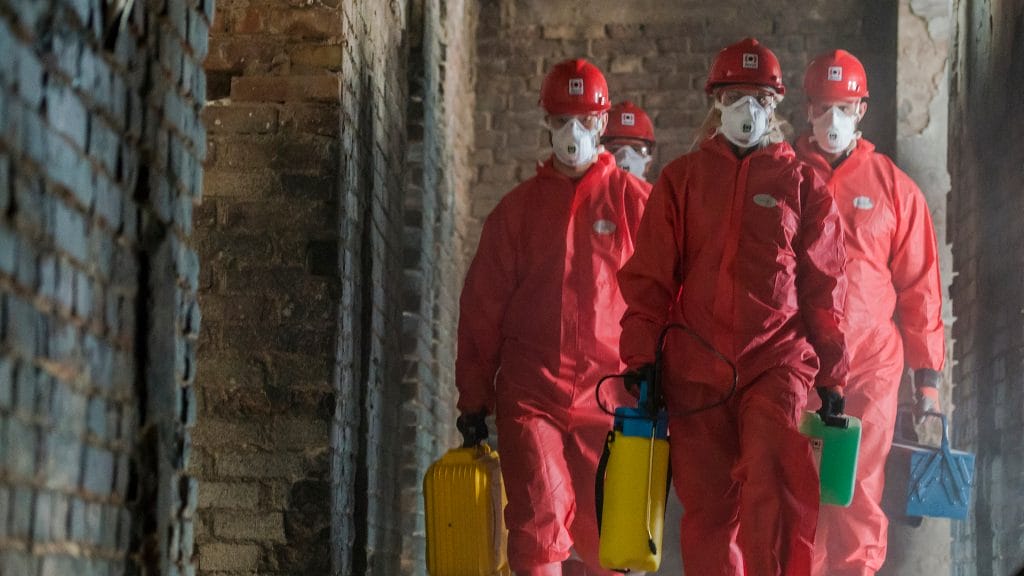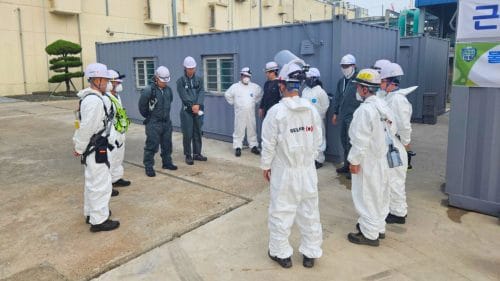Climate Resilience: Preparing Businesses for Asia’s Natural Hazards

Key Takeaways:
- Extreme weather events are increasingly disrupting business operations across Asia, making rapid recovery a critical component of risk assessments and recovery plans.operational continuity.
- Fast and coordinated clean-up efforts significantly reduce downtime, helping businesses protect their bottom line, maintain service delivery, and meet compliance requirements.
- Pre-established partnerships with recovery experts allow for faster mobilisation and clearer decision-making, especially during the critical first hours after an incident.
- Investing in recovery planning is a proactive business strategy, ensuring companies are better prepared to stabilise operations and minimise long-term disruption when disaster strikes.
Introduction
Climate-related disasters are becoming more severe across Asia, despite the frequency of such disasters remaining the same annually. Events such as floods, hailstorms, prolonged heatwaves, and typhoons are no longer isolated disruptions; they represent ongoing operational risks for businesses. The impact is being felt across sectors, as organisations face mounting pressure to ensure not only preparedness but also the ability to recover quickly and limit downtime.
Achieving climate resilience for businesses requires more than preventive infrastructure or contingency plans. It demands a structured and well-resourced approach to response, recovery, and continuity. This article examines how rapid disaster recovery plays a central role in building climate resilience for businesses and explores how BELFOR works with organisations in Asia to strengthen their capacity to manage and recover from climate-driven events.
The Business Case for Recovery in Climate Resilience
In discussions around climate resilience for businesses, recovery is often overlooked. While preventive measures and preparedness planning are essential, it is the speed and effectiveness of post-disaster recovery that often determines whether a business can maintain continuity, meet obligations, and remain competitive in the long term.
Asia’s Climate Hazards Are Increasing in Intensity
Across Asia, natural hazards are becoming both more severe. Urban centres are experiencing heightened flood risks, coastal cities are increasingly exposed to typhoons, and inland regions are facing record-breaking heat. These events are no longer anomalies. They reflect a broader shift in regional climate patterns that is reshaping the operational risk landscape for businesses.
In recent years, extreme weather has disrupted business activity on a significant scale. The 2021 floods in Malaysia, for instance, inundated industrial zones and halted transport networks, while extended heatwaves across South Asia have led to factory shutdowns and energy supply failures. These are no longer just environmental issues; they represent critical challenges to business continuity.
For industries that rely on uninterrupted operations, such as power generation, logistics, telecommunications, food production, and manufacturing, the risks are particularly acute. Many of these sectors rely on high-value, temperature-sensitive, or infrastructure-dependent assets that are highly susceptible to climate disruptions.
In this context, climate resilience for businesses has become a strategic necessity. It is no longer sufficient to plan for prevention alone. The ability to recover quickly, minimise downtime, and maintain service delivery is now central to long-term resilience. By investing in proven recovery capabilities, businesses can strengthen their overall climate resilience and adapt more effectively to a changing risk environment.

Recovery Speed Plays a Defining Role in Business Resilience
While proactive planning is critical, it is the speed of recovery that ultimately defines climate resilience for businesses. A delayed response following a disaster can result in prolonged service outages, increased operational costs, and a loss of customer confidence. Every hour of downtime carries measurable consequences, from disrupted supply chains to missed contractual obligations and reputational damage.
This is where BELFOR plays a vital role. With extensive expertise in water damage mitigation, fire and smoke damage restoration, and contamination control, BELFOR supports key industries exposed to climate-related risks. Their goal is not only to carry out technical repairs but also to restore full functionality with minimal delay, a critical component of climate resilience for businesses.
From precision cleaning of sensitive electronics to structural decontamination and comprehensive emergency flood services, BELFOR operates as a recovery partner embedded in the client’s resilience framework. For companies facing growing climate volatility, a trusted recovery provider is more than just a support service. It is a strategic investment in long-term stability and effective risk response.
By integrating recovery readiness into operational planning, businesses can enhance their climate resilience and mitigate their exposure to prolonged disruptions.
How Recovery Services Translate Into Real-World Resilience
Industries experience climate risk differently, depending on their assets, infrastructure, and regulatory obligations. That is why standardised responses often fall short. Tailored recovery solutions are crucial, particularly for businesses seeking to enhance their climate resilience in high-risk environments.
BELFOR’s cross-sector expertise enables precise, industry-specific interventions. Each recovery effort is designed around the client’s operational priorities, compliance frameworks, and risk exposure.
- Power Generation
When a typhoon-driven storm surge submerged a coastal substation, BELFOR was deployed to carry out decontamination of switchgear systems, perform transformer integrity testing, and restore critical relay protection units. What could have resulted in weeks of lost output was reduced to a matter of days, helping to maintain grid reliability and reinforce climate resilience for businesses in the energy sector.
- Telecommunications
A data centre in Southeast Asia faced internal flooding caused by a burst pipe during a period of heavy rainfall. BELFOR executed selective dry and wet cleaning on server racks, cable trays, and control panels. This intervention preserved system integrity and prevented service disruptions for millions of users, supporting uninterrupted operations in a critical communications hub.
- Food Processing
During a prolonged heatwave, a failure in the refrigeration system at a production plant raised concerns over contamination. BELFOR’s rapid response included hygienic cleaning of processing equipment, ensuring both operational continuity and compliance with food safety regulations. This prevented a full-scale shutdown and contributed to stronger climate resilience for businesses in the food manufacturing space.
From storm restoration and water damage response to specialised post-fire cleaning service protocols, these examples show that recovery is not simply a reaction; it is a strategic pillar in long-term resilience planning. The faster a business can return to safe, compliant operations, the better equipped it is to manage climate volatility without compromising delivery standards.
Strengthening Post-Disaster Readiness Through Recovery Partnerships
Resilience is not achieved solely through infrastructure. For organisations exposed to climate-related risks, a trusted recovery partner plays a central role in readiness. The ability to act quickly following a disruption depends on more than internal protocols. It requires precise coordination, pre-established processes, and access to specialised expertise. Integrated recovery planning is essential for building and sustaining climate resilience for businesses.
Why Understanding Your Recovery Options Before a Crisis Matters
Many businesses invest in physical defences: flood barriers, elevated infrastructure, or heat-resistant materials. While these are essential, they represent only one side of the equation. The other is knowing how to recover effectively once a disruption has occurred. Without this, physical preparedness alone cannot ensure continuity.
A key part of building climate resilience for businesses is having clarity on what can be salvaged, restored, or needs replacement. Delays in making these decisions, especially during the early hours of a crisis, can lead to extended downtime, rising recovery costs, and preventable operational setbacks.
BELFOR supports clients with structured, pre-event planning that transforms generic contingency plans into actionable recovery strategies. This includes detailed site surveys, risk assessments, and scenario-based preparation. When organisations have an established recovery partner, they benefit from immediate mobilisation, faster resource deployment, and smoother coordination with insurers and facility managers.
Whether dealing with electrical damage, contamination, or flood damage cleaning, BELFOR’s readiness planning enables faster recovery and stronger continuity outcomes. For companies navigating today’s evolving risk environment, proactive recovery planning is an essential component of climate resilience for businesses.

What Proactive Recovery Support with BELFOR Looks Like in Practice
While BELFOR offers 24/7 emergency response capabilities, the most effective recoveries are those that begin long before a disaster takes place. Clients who adopt a proactive approach gain a strategic advantage, with recovery plans aligned to their specific assets, operational structures, and regulatory obligations.
This level of foresight plays a crucial role in building climate resilience for businesses, particularly in sectors where response time, compliance, and asset integrity are closely tied to continuity.
Proactive recovery planning with BELFOR typically includes:
- Asset mapping, allowing for prioritised restoration of critical systems and high-value infrastructure
- Industry-specific protocols for managing contamination, corrosion, and combustion-related damage
- Pre-approved restoration methods that support business continuity while meeting sector-specific regulations
- Detailed documentation, structured for both internal records and insurance reporting
- On-site team training, equipping staff to take immediate stabilisation steps before recovery specialists arrive
This structured approach reduces the risk of secondary damage, shortens operational downtime, and ensures a coordinated response under pressure. With an established presence across Asia, BELFOR delivers consistent service quality across borders, enabling faster deployment wherever support is needed.
By embedding this level of preparation into their operational strategy, organisations can reinforce climate resilience for businesses and ensure recovery is not reactive, but ready.
Questions You Might Have
1. What does climate resilience mean for my industry?
Climate resilience for businesses is not limited to physical infrastructure. It refers to an organisation’s ability to maintain or quickly restore operations in the face of climate-related disruptions. While each industry has specific vulnerabilities, the ability to recover rapidly, minimise downtime, and uphold service delivery is essential across all sectors.
2. Is BELFOR’s recovery approach suitable for highly regulated industries?
Yes. BELFOR works extensively with organisations that operate under stringent regulatory conditions, including pharmaceutical, manufacturing, food processing, and data centre operations and banks. Our recovery protocols are designed to meet international standards for hygiene, safety, and documentation, making them well-suited to support climate resilience for businesses in regulated environments.
3. Do I still need a recovery partner if I already have insurance?
Yes. Insurance addresses financial loss, but it does not provide the physical resources or expertise needed to restore operations. BELFOR works alongside insurers by documenting damage, stabilising assets, and executing restoration. This ensures that your organisation is not only covered financially but also able to resume operations without unnecessary delays, a key factor in building and maintaining climate resilience for businesses.

Recovery Is the Backbone of Climate Resilience
With climate-related disasters becoming more disruptive across Asia, recovery can no longer be viewed as a secondary concern. Businesses that restore operations quickly after events such as floods, severe storms, or extreme heat are not only better protected, they are also better positioned for long-term resilience and operational continuity.
Climate resilience for businesses is not simply about infrastructure repair. It is about protecting the systems, relationships, and obligations that keep operations running. A robust recovery strategy helps safeguard contracts, preserve customer trust, and maintain stakeholder confidence; all essential in a landscape defined by increasing climate volatility.
BELFOR brings decades of international expertise, combined with deep local knowledge, to support businesses throughout Asia. From environmental decontamination to complex damage restoration services, BELFOR enables companies to reduce downtime and regain stability with minimal disruption.
The next climate event may not be preventable, but recovery can be planned. By partnering with BELFOR, your organisation can enhance its preparedness, respond decisively during disruptions, and build stronger climate resilience for businesses.
Contact BELFOR to develop a recovery readiness plan tailored to your operations. From risk assessments to coordinated emergency response, we are here to help your business recover faster and with greater confidence.


